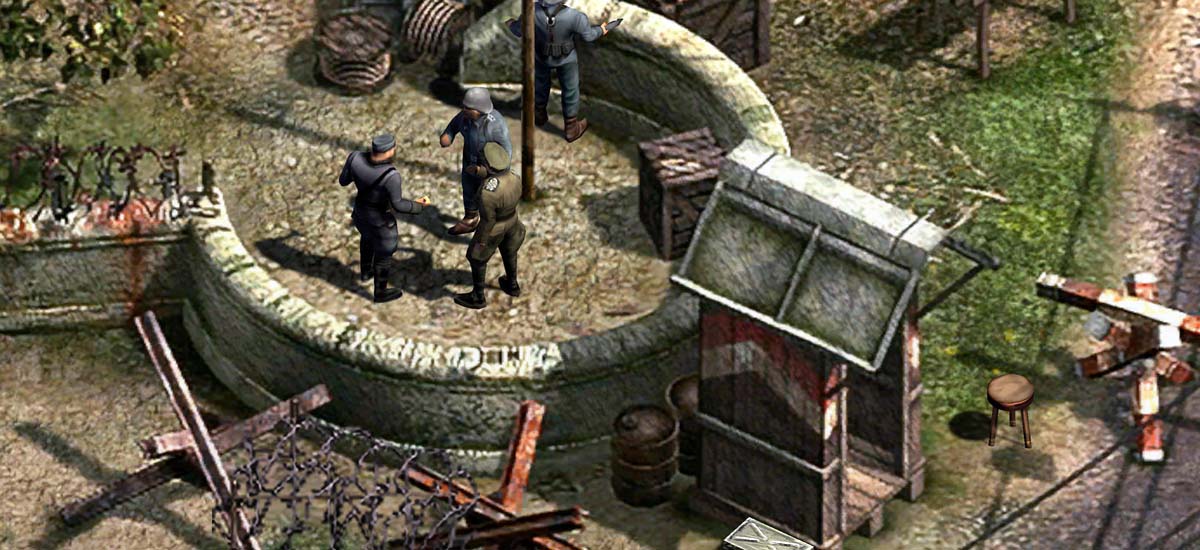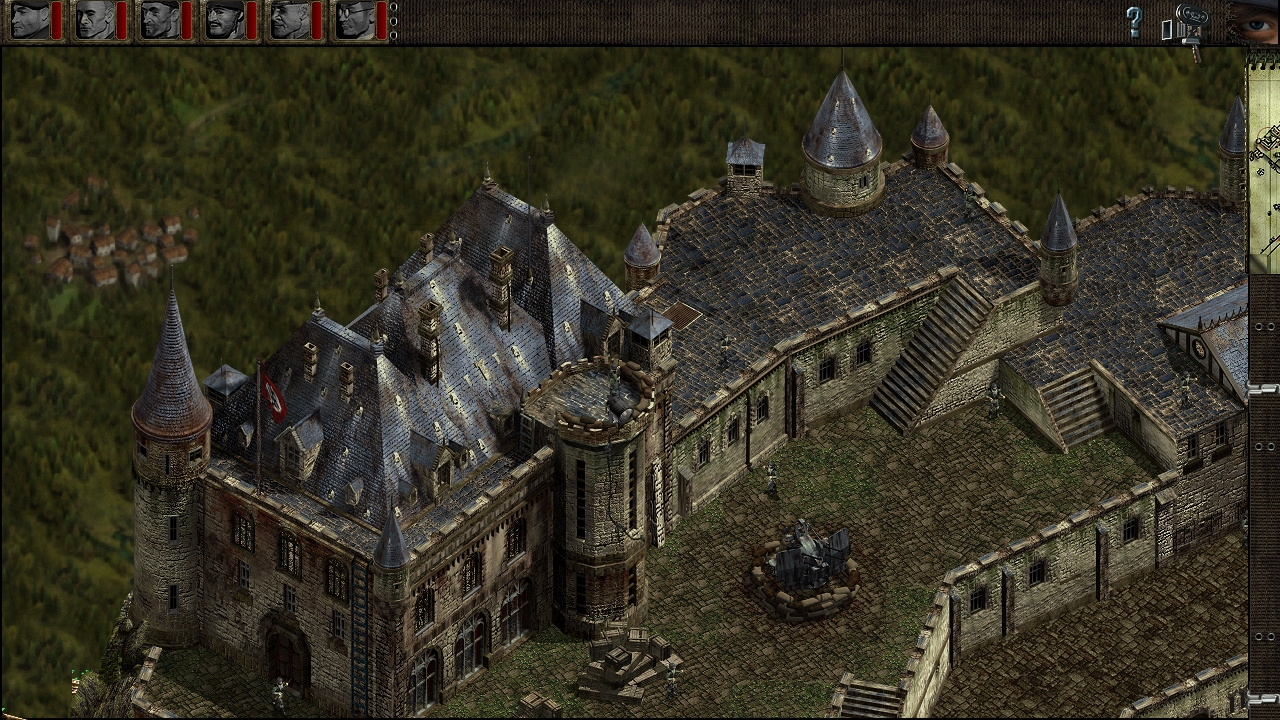To use any of these key combinations, press and hold the keys immediately after pressing the power button to turn on your Mac, or after your Mac begins to restart. Keep holding until the described behavior occurs.
Show hidden files and folders: Want to see all the hidden files and folders OS X has to offer — or you. An A-Z Index of the Apple macOS command line (macOS bash) afconvert Audio File Convert afinfo Audio File Info afplay Audio File Play airport Manage Apple AirPort alias Create an alias. alloc List used and free memory apropos Search the whatis database for strings asr Apple Software Restore atsutil Font registration system utility automator Run an Automator workflow awk Find and Replace text. Includes 4 items: Commandos 2: Men of Courage, Commandos 3: Destination Berlin, Commandos: Behind Enemy Lines, Commandos: Beyond the Call of Duty. Execute command. Pre assigned dialogue exchange for interactive programs. Assign environment variable. Evaluate an expression or set of expressions. Format disk command. Bring a job to front. Analyse file type. Terminal is Mac OS X way into the command line world. It is designed for you to typing in specific commands that you would not be able to do otherwise. This is great for customizing your Mac and unveiling hidden features. It is also a good way to destroy you system because you screwed something up.
- Command (⌘)-R: Start up from the built-in macOS Recovery system. Or use Option-Command-R or Shift-Option-Command-R to start up from macOS Recovery over the Internet. macOS Recovery installs different versions of macOS, depending on the key combination you use while starting up. If your Mac is using a firmware password, you're prompted to enter the password.
- Option (⌥) or Alt: Start up to Startup Manager, which allows you to choose other available startup disks or volumes. If your Mac is using a firmware password, you're prompted to enter the password.
- Option-Command-P-R:Reset NVRAM or PRAM. If your Mac is using a firmware password, it ignores this key combination or starts up from macOS Recovery.
- Shift (⇧): Start up in safe mode. Disabled when using a firmware password.
- D: Start up to the Apple Diagnostics utility. Or use Option-Dto start up to this utility over the Internet. Disabled when using a firmware password.
- N: Start up from a NetBoot server, if your Mac supports network startup volumes. To use the default boot image on the server, hold down Option-N instead. Disabled when using a firmware password.
- Command-S: Start up in single-user mode. Disabled in macOS Mojave or later, or when using a firmware password.
- T: Start up in target disk mode. Disabled when using a firmware password.
- Command-V: Start up in verbose mode. Disabled when using a firmware password.
- Eject (⏏) or F12 or mouse button or trackpad button: Eject removable media, such as an optical disc. Disabled when using a firmware password.


If a key combination doesn't work
If a key combination doesn't work at startup, one of these these solutions might help:
- Be sure to press and hold all keys in the combination together, not one at a time.
- Shut down your Mac. Then press the power button to turn on your Mac. Then press and hold the keys as your Mac starts up.
- Wait a few seconds before pressing the keys, to give your Mac more time to recognize the keyboard as it starts up. Some keyboards have a light that flashes briefly at startup, indicating that the keyboard is recognized and ready for use.
- If you're using a wireless keyboard, plug it into your Mac, if possible. Or use your built-in keyboard or a wired keyboard. If you're using a keyboard made for a PC, such as a keyboard with a Windows logo, try a keyboard made for Mac.
- If you're using Boot Camp to start up from Microsoft Windows, set Startup Disk preferences to start up from macOS instead. Then shut down or restart and try again.
Remember that some key combinations are disabled when your Mac is using a firmware password.
Learn more
- Learn what to do if your Mac doesn't turn on.
- Learn about Mac keyboard shortcuts that you can use after your Mac has started up.
If you’re working in Terminal on your Mac, you need to know the most important UNIX commands: those that work with directories, those that work with files, and miscellaneous but commonly used commands.
Folders are called directories in UNIX. Commands that refer to filenames, as most do, assume that you’re talking about files in the working directory. When you open the Terminal window, the working directory is set to your home directory, abbreviated ~. Bash shows you the current working directory and your username to the left of its prompt. The following table lists common directory-related commands.

| Command | What It Does |
|---|---|
| ls | Lists the names of the files in the working directory. For more complete information, use ls –alF (. |
| cd directoryname | Changes the working directory to the one you named. |
| cd .. | Brings you up one directory level. |
| cd | Returns you to your home directory. |
| pwd | Displays the pathname of the current directory. |
| mkdir newdirectoryname | Makes a new directory. |
| rmdir directoryname | Removes (deletes) an empty directory. |
As in Windows, you can redirect the output of a command to a text file. So if you want a record of the files in a folder, type cd, followed by a space, drag the folder’s icon to the Terminal window, and press Return. Type ls > mydirectorylist.txt and press Return again. A file named mydirectorylist.txt will appear in the folder you chose. You can open the file in TextEdit to see a list of the files in that directory.
This table lists commands commonly used when working with files in the Terminal window.
| Command | What It Does |
|---|---|
| cp filename1 filename2 | Copies a file. |
| chmod | Changes permissions for access to a file. Study the man page before using this one. |
| diff | Compares two files line by line (assumes text). |
| more filename | Displays a text file one page at a time. Press the spacebar to see the next page; press Q to quit. The man command works through more. |
| mv filename1 filename2 | Moves a file or changes its name. |
| rm filename | Removes (deletes) a file. |

This last table explains other handy commands that anyone getting started in Terminal will likely want to know.
| Command | What It Does |
|---|---|
| Control+C | Terminates most operations. |
| date | Displays the current date and time. |
| echo | Repeats whatever appears after the command (after expansion). |
| help | Displays a partial list of bash commands. |
| history | Displays the last commands you typed. You can redo a command by typing an exclamation point (!) followed immediately (no space) by the number of that command in the history list. To repeat the last command, type !!. To repeat the last filename, type !*. |
| pico | A simple UNIX text editor. |
| ps | Displays a list of running processes. |
| sudo | Lets you carry out commands for which the account you are using lacks authority. You will be asked for an administrator’s password. |
Commands For Mac Os
When you’re working in Terminal, you don’t have a Trash Can to which deleted files are moved pending ultimate disposal. Delete it, and it’s gone. In general, UNIX has no Undo function.
